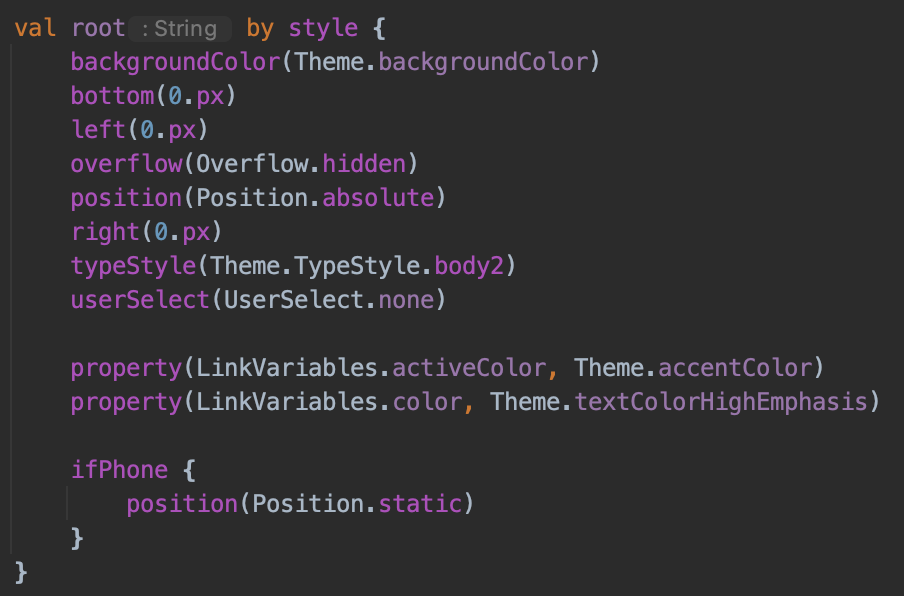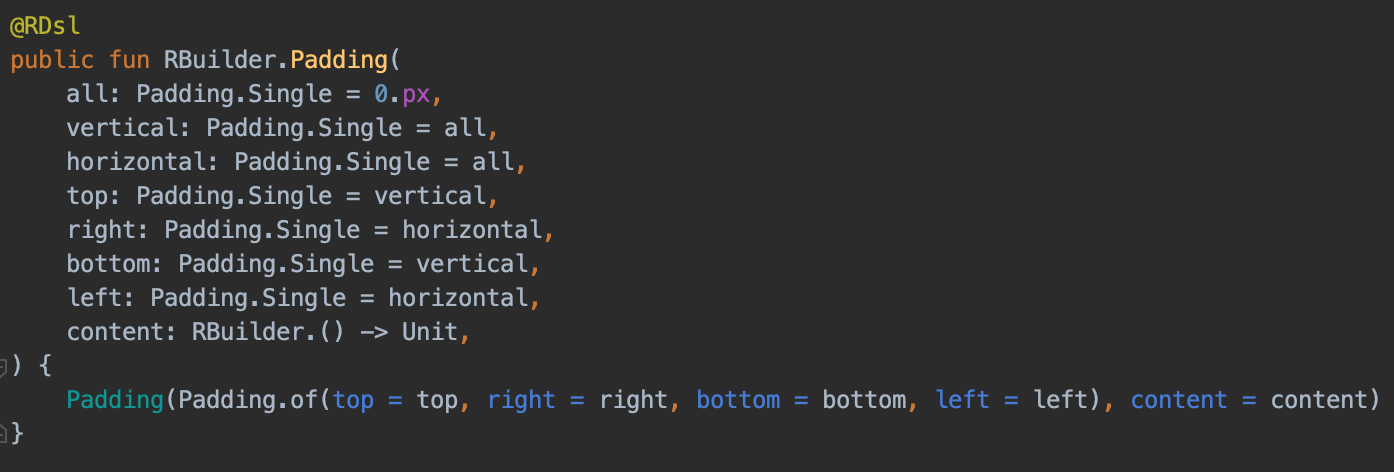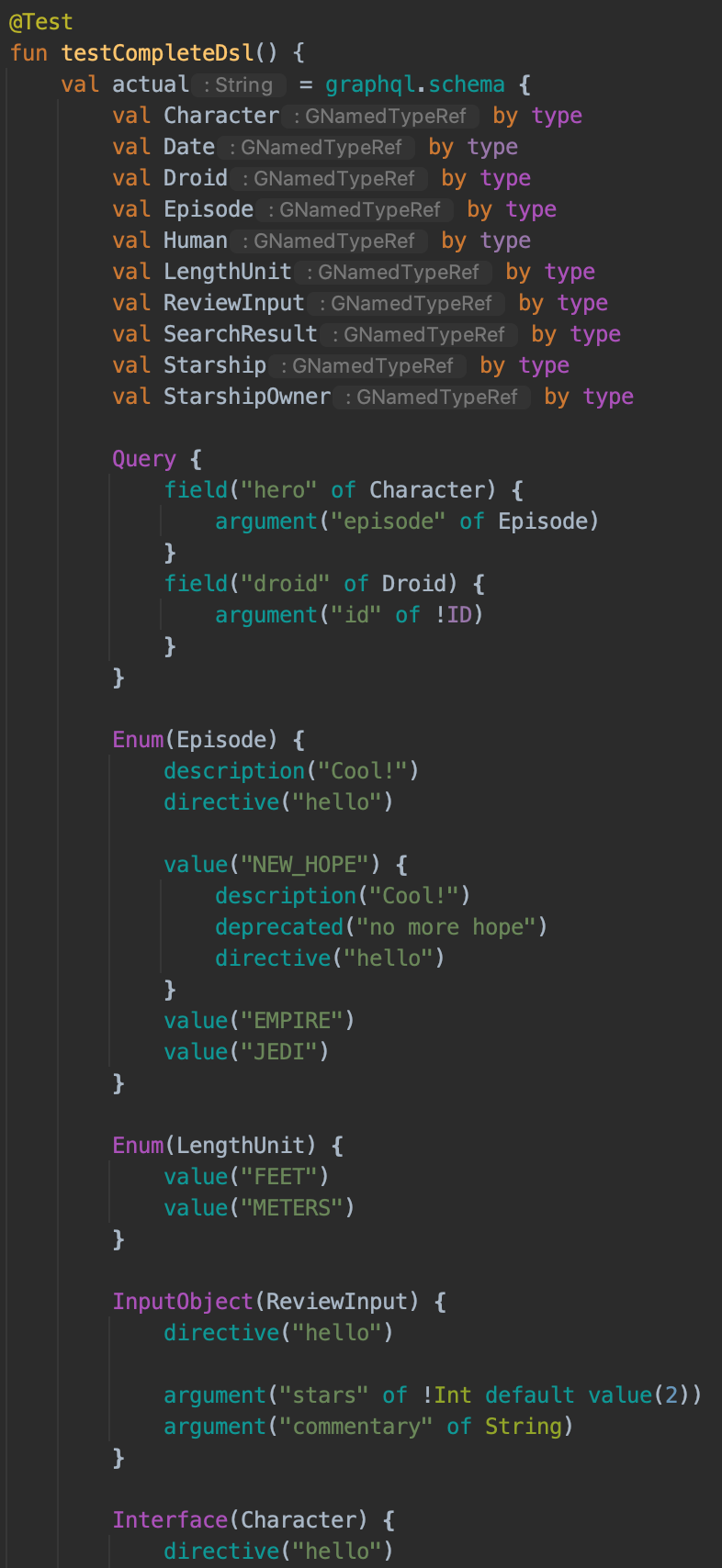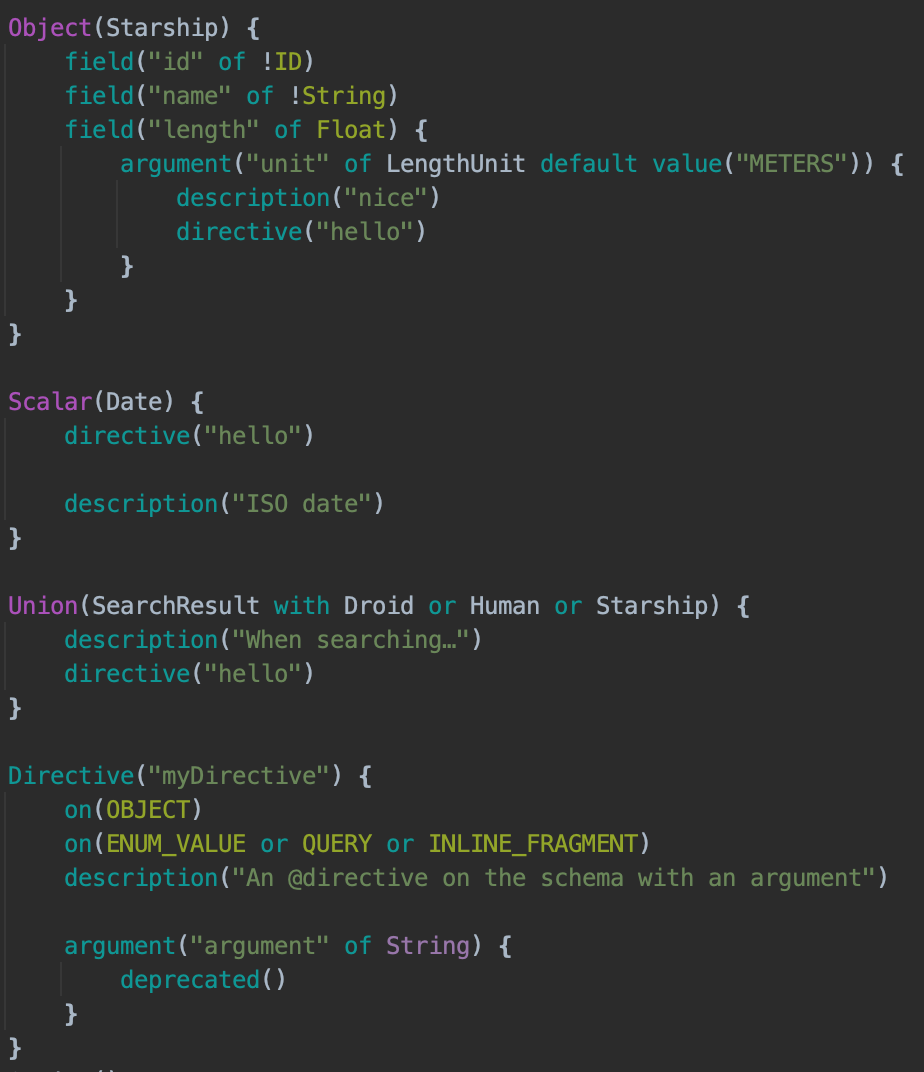I've been looking into a Kotlin version of TensorFlow's tf.function which is similar to this in a lot of ways and ideally would make use of it. For those not familiar, this is a decorator that calls the function once w/ placeholder inputs to build a graph, and then uses the graph to calculate function calls. The design is still up in the air a bit (I'll update once it's more defined), but at a minimum I'll be handling:
- Inputs: parameters and captures. Similar to what you mentioned for web workers, I'd limit arguments to serializable classes plus a few others. Both captures and parameters will need to be transformed to bring them into the context. Sometimes this raises them to a supertype, e.g. if a capture of
Intwould be typed asNumber, which is currently impossible to express. even with a plugin (symbol replacement is limited to the same type). - Forbidden functions. Mostly relatively straight forward and as described (I have a few functions I'd want to forbid, annotating them is fine). However this is slightly weird for variable creation (a specific function), since its forbidden on all calls but the first. I'm planning on handling this using a Compose-like
rememberfunction, which would need to "exit" the current context. - Forbidding outside assignments. Another option would be to register them somehow and treat them as outputs w/ transforms, similar to the input section. But this is generally bad practice anyways.
- Forbidding non-pure outside function calls. Not sure how feasible it is, but a color for side effects would be awesome to have (mostly to forbid). It's a bit more complicated than that though, since I don't have an issue if you create and mutable list in context and then add to it, but adding to an outside of context mutable list is bad.
I'm not clear on how much you want to enable handling of this stuff (specifically input/output transforms) without needing a compiler plugin, but it would be nice to have. My only need there is captures need to be handled via producing lambda rather than variable, incase they change between executions (they are added as hidden inputs to the graph, the value would be gotten from the lambda).



 Here
Here  Different colors for type definitions (pink), built-in types & values (lime green) and the rest (turquoise).
Different colors for type definitions (pink), built-in types & values (lime green) and the rest (turquoise).
This issue is for discussing and gathering feedback for Design Notes on Code Coloring: https://github.com/Kotlin/KEEP/blob/master/notes/code-coloring.md